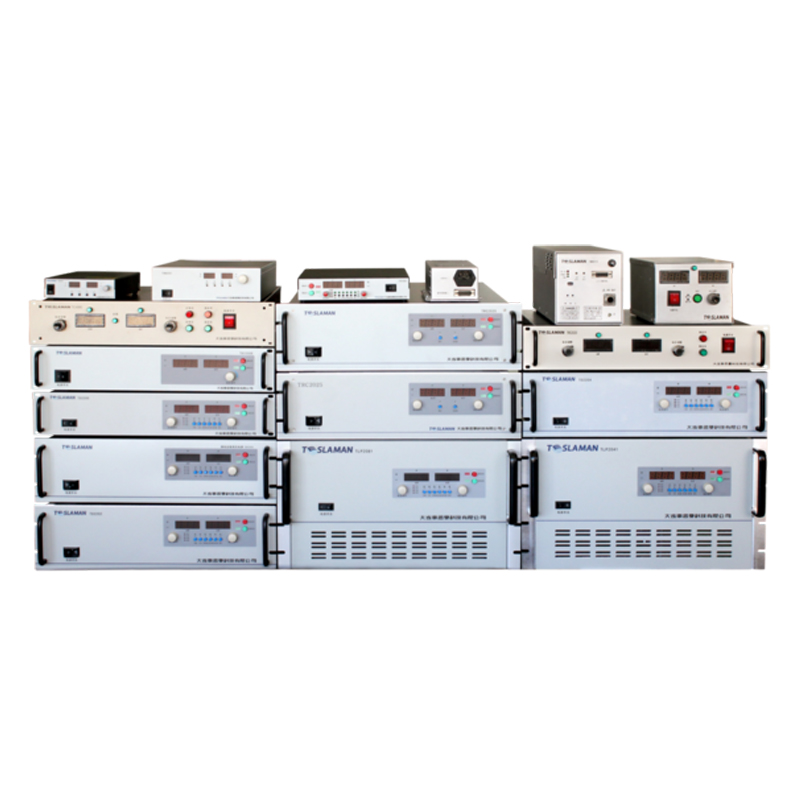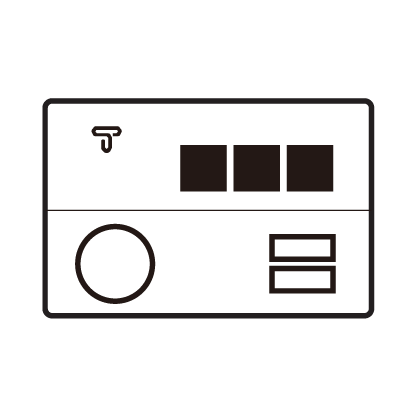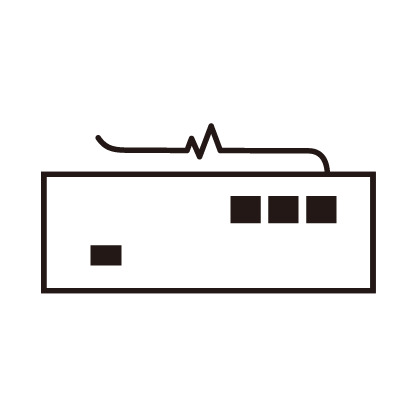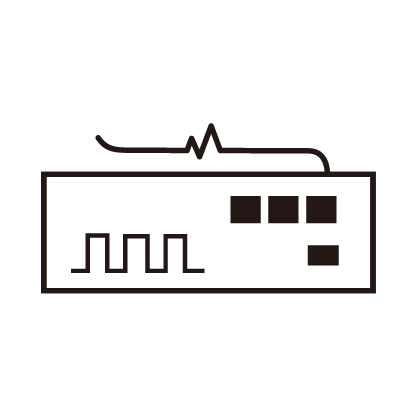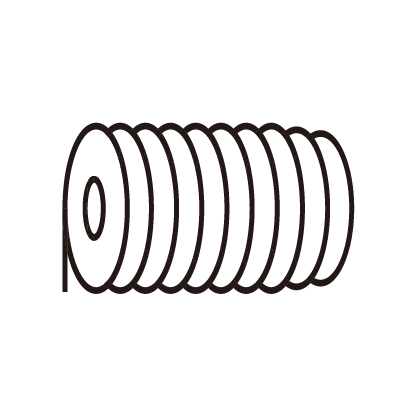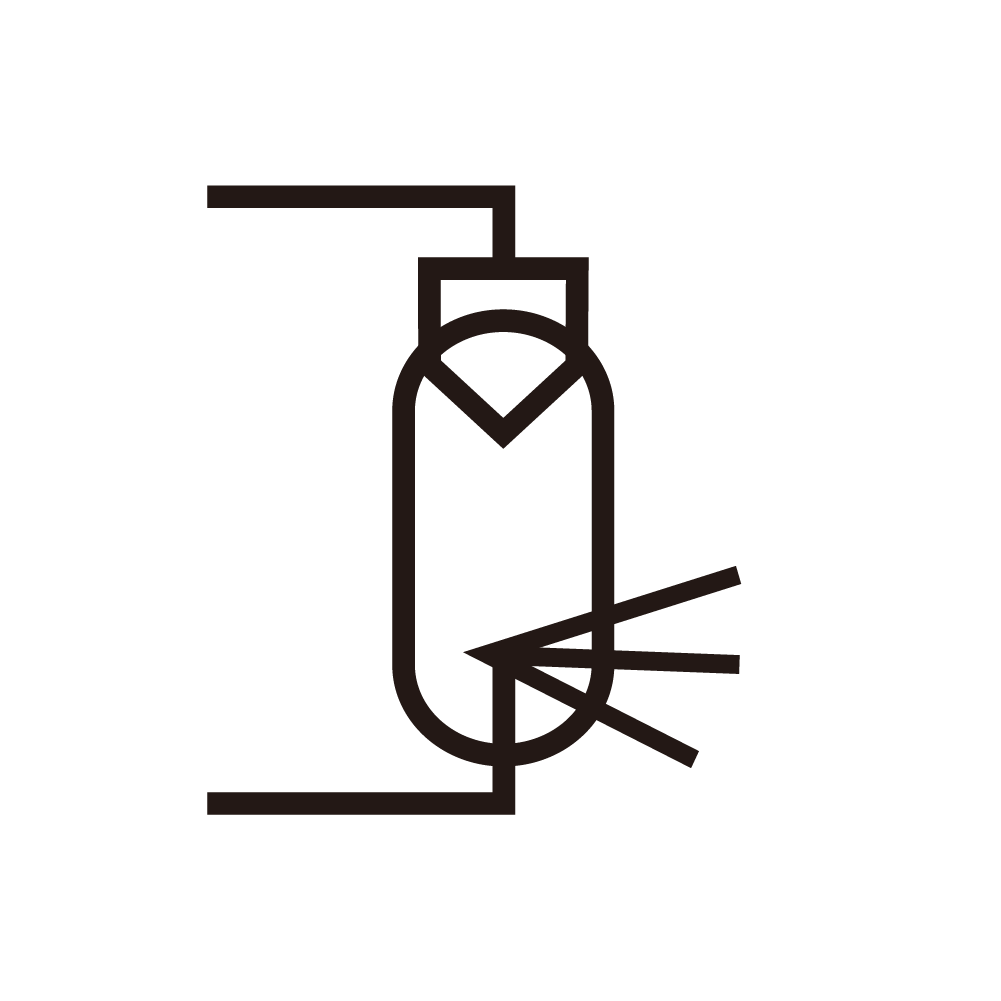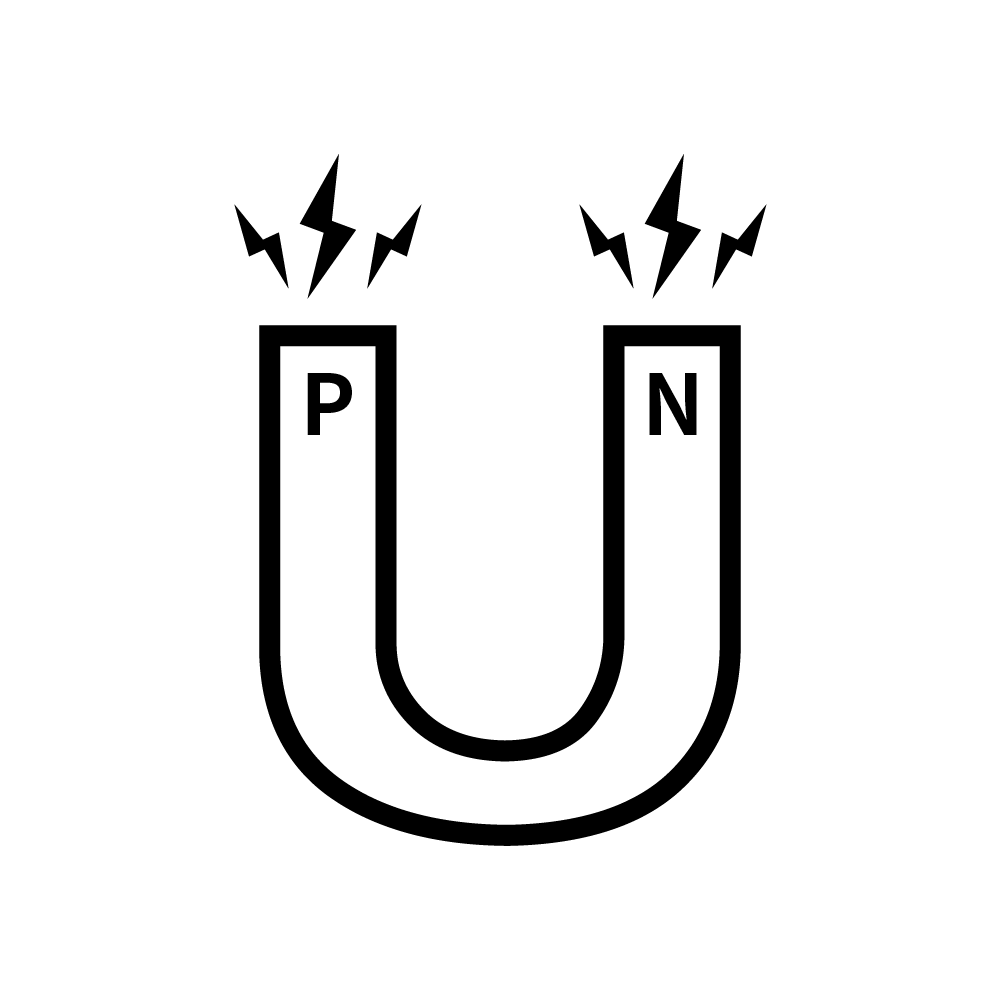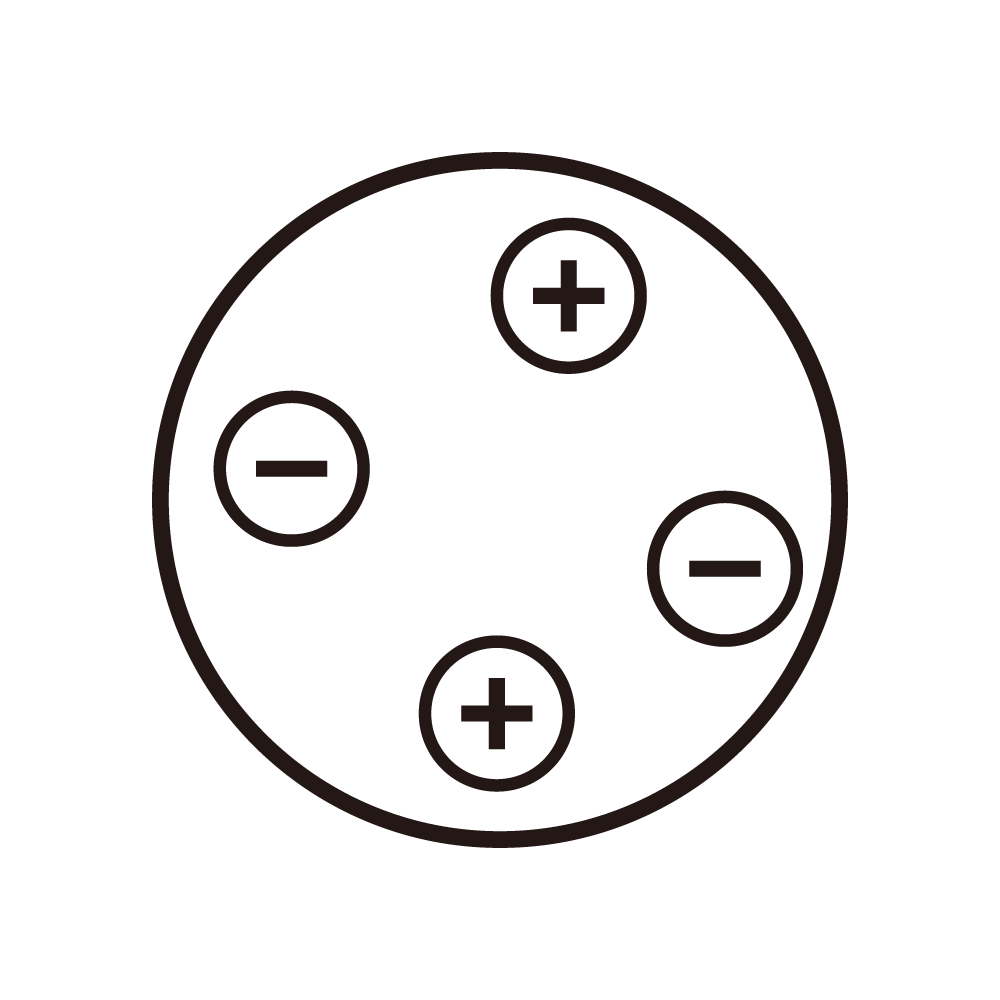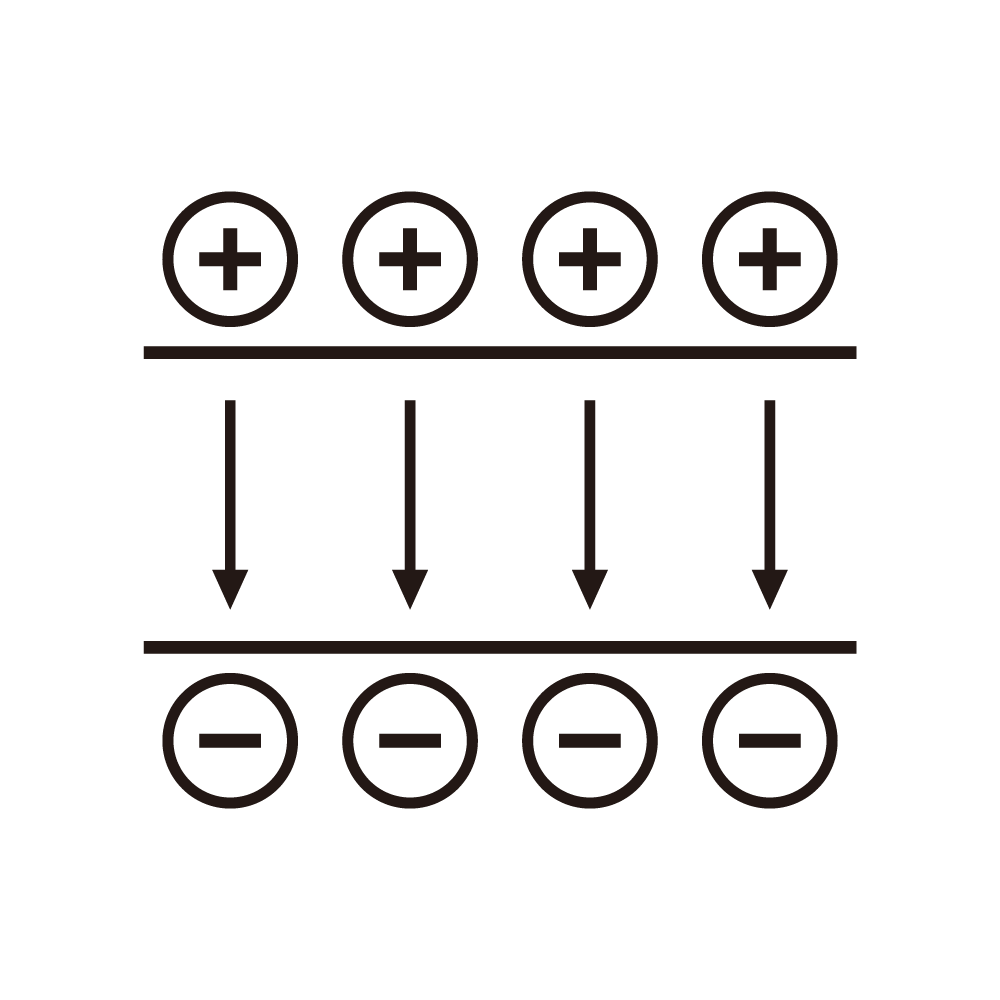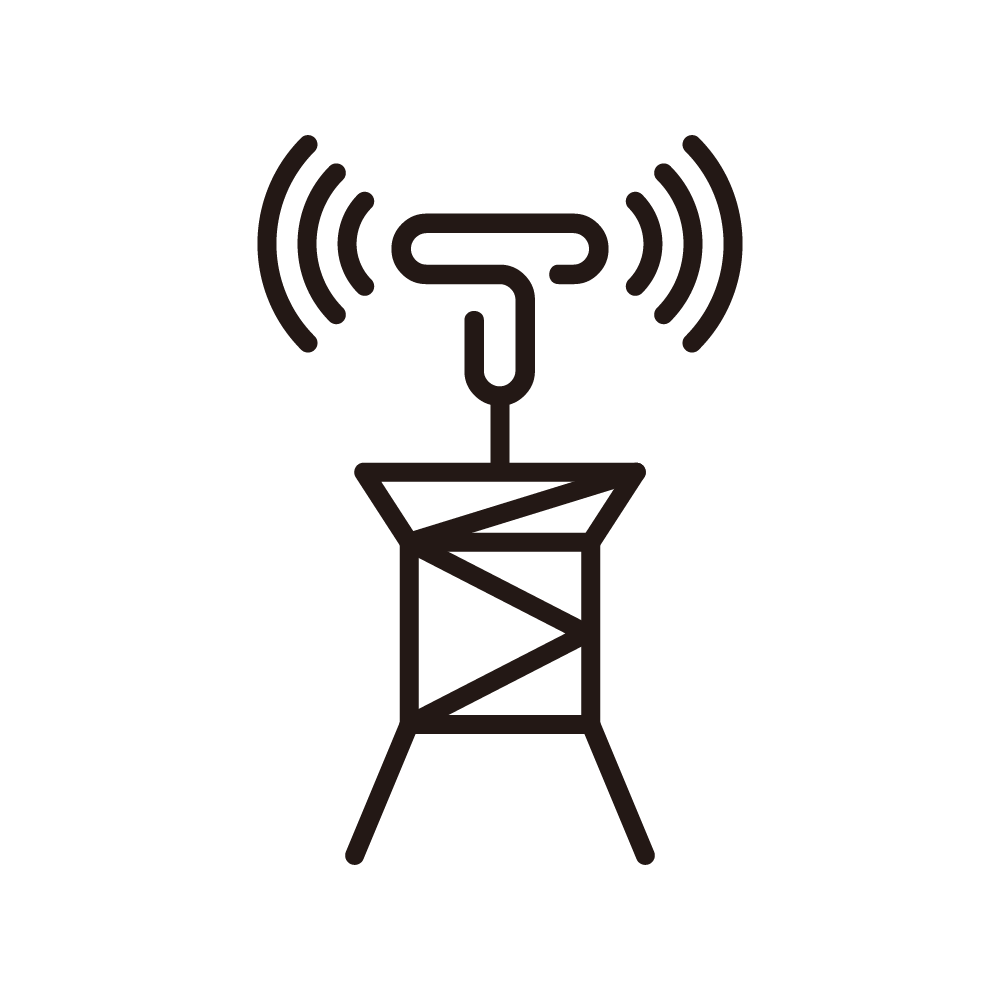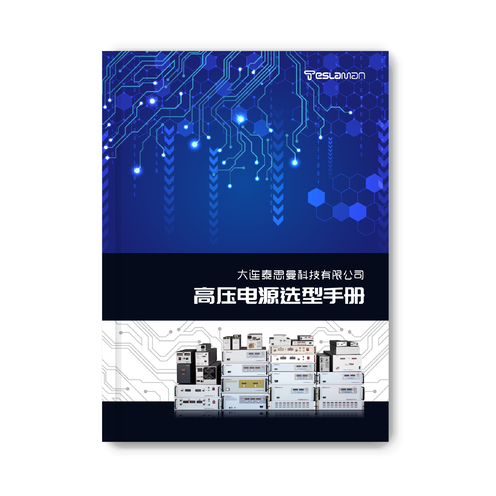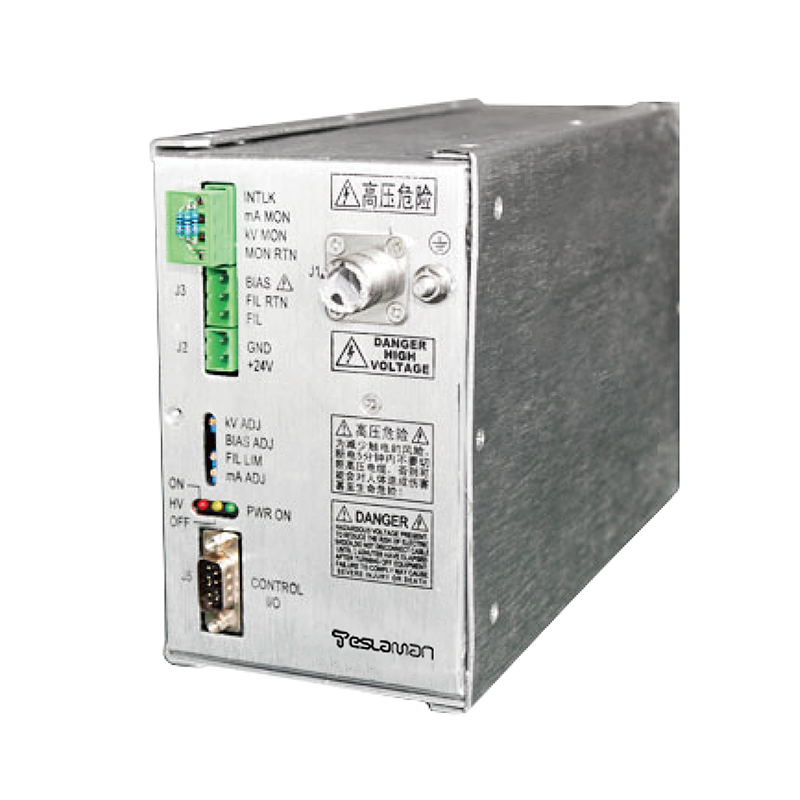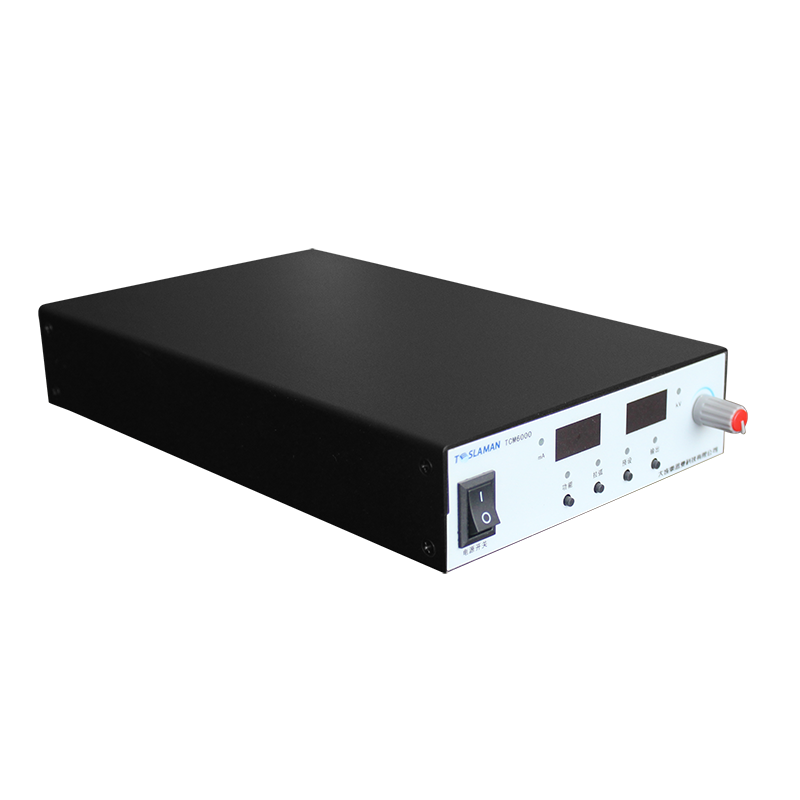Coating Surface Quality of High Voltage Power Supply in Electrostatic Spraying
In the current era of the booming development of advanced manufacturing processes, electrostatic spraying, with its numerous advantages such as high efficiency, energy conservation, and environmental friendliness, has become an important means for surface coating in various industries. The high voltage power supply for electrostatic spraying, as the core driving force of this process, plays a decisive role in shaping the surface quality of the coating.
The main mission of the high voltage power supply for electrostatic spraying is to build an electrostatic field with controllable strength between the spray gun and the workpiece to be sprayed. When the power supply is activated, the spray gun electrode carries a high potential, and the workpiece is at the ground potential. A strong potential difference prompts the rapid formation of an electric field. In this electric field space, the paint is atomized and charged. Under the traction of the electric field force, like precisely guided particle missiles, the charged paint particles rush towards the surface of the workpiece at high speed and in an orderly manner, and layer by layer, they accumulate and solidify to finally build a complete coating.
The voltage amplitude in the output characteristics of the high voltage power supply is a key factor affecting the coating quality. An appropriate and stable high voltage amplitude can endow the paint particles with sufficient kinetic energy and adhesion force, enabling them to spread evenly on the surface of the workpiece to form a coating with a uniform thickness and a mirror like smoothness. If the voltage amplitude deviates from the optimal range, when it is too low, the paint particles lack sufficient flying power, which is likely to cause insufficient coating thickness and uneven coverage. When it is too high, it will cause electric field distortion, resulting in the over concentration of paint particles on the edges or tips of the workpiece, forming defects such as edge thickening and tip accumulation, seriously damaging the overall uniformity and aesthetics of the coating.
The stability of the power supply output is also not to be underestimated. A stable power supply output means a constant electric field strength, and the electric field force received by the paint particles is continuous and uniform, which provides a solid guarantee for the uniform deposition of the coating. Conversely, if the power supply fluctuates, even a slight voltage fluctuation will disrupt the movement trajectory of the paint particles, resulting in significant differences in the coating thickness at the micro level, greatly weakening the protective performance and decorative effect of the coating.
It is worth mentioning that the waveform control function of modern high voltage power supplies for electrostatic spraying has also opened up a new path for improving coating quality. Using a specific pulse waveform output can effectively improve the dispersibility and deposition behavior of paint particles. The intermittent electric field acceleration of the pulse waveform can reduce the mutual repulsion between particles, enabling the particles to reach the surface of the workpiece more orderly, thereby refining the microstructure of the coating, reducing porosity, significantly improving the compactness and adhesion of the coating, and enabling the coating to have an excellent protective performance and a more delicate and refined appearance texture.
To obtain an ideal coating surface quality, operators need to accurately adjust the voltage amplitude, output stability, and waveform parameters of the high voltage power supply according to the chemical properties of the paint, the material and geometric shape of the workpiece. At the same time, establish a regular power supply maintenance and calibration mechanism to ensure that the power supply is always in the best working condition. Only in this way can the efficiency of the high voltage power supply for electrostatic spraying be fully released, achieving a leap in coating surface quality and dressing the product with a high quality coat that combines protection and aesthetic value.
